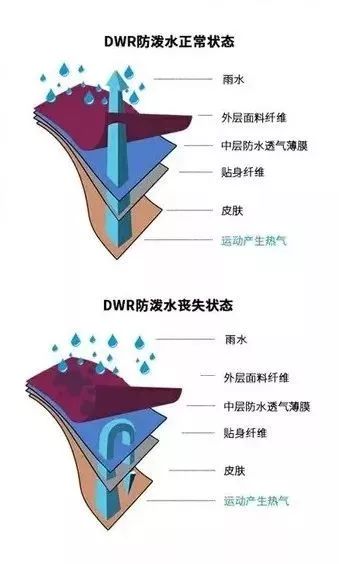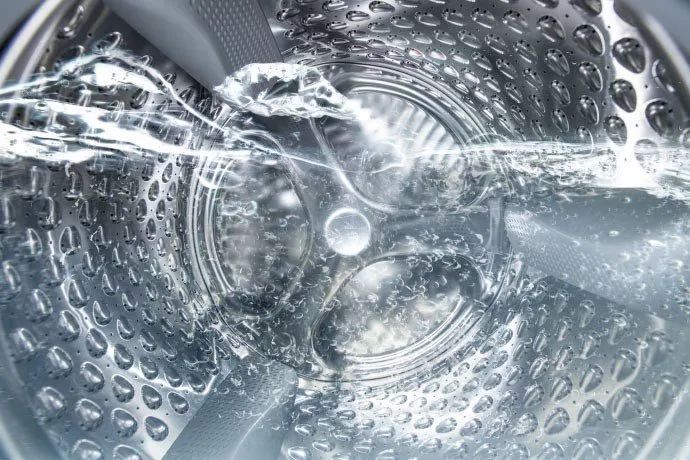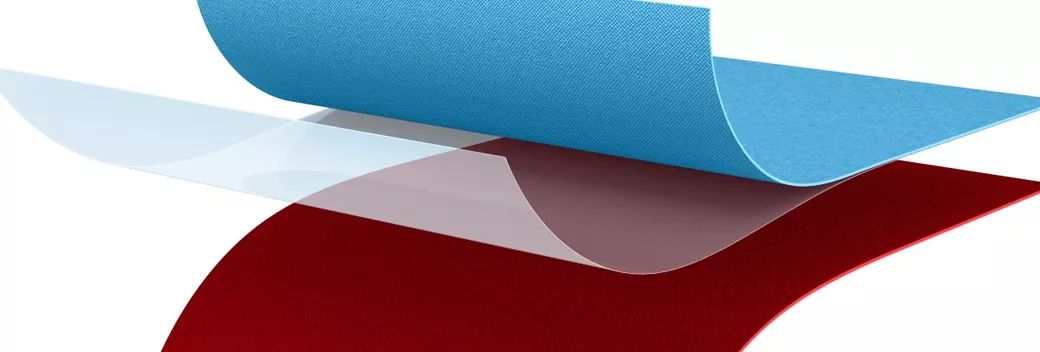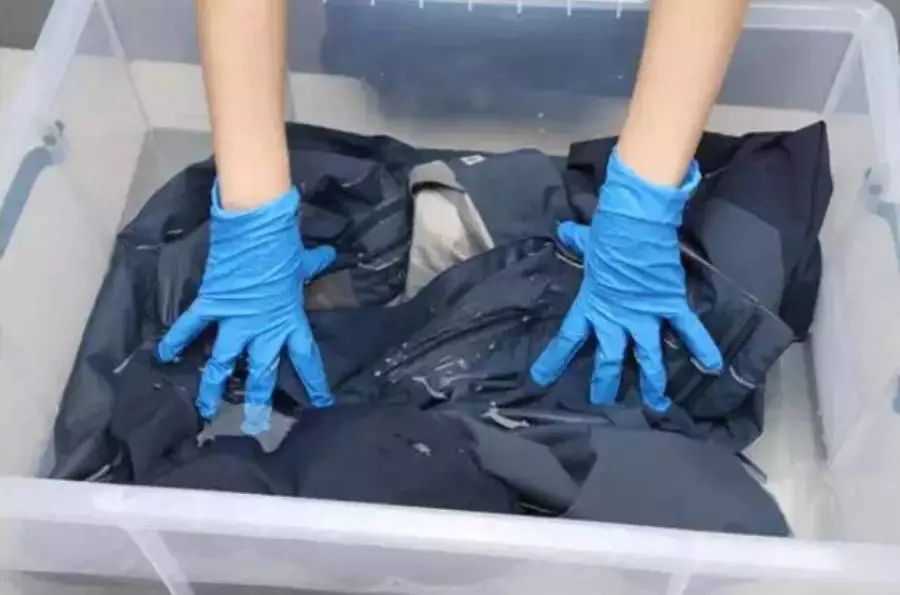How to maintain outdoor clothing made of
high-tech fabrics? You will understand after reading this article
The importance of professional enough outdoor clothing when walking in the mountains is self-evident. However, often a piece of expensive equipment ends its service life early due to improper washing methods or lack of reasonable maintenance.
How can we clean our outdoor clothing as damage-free as possible and extend the replacement cycle of the product on this basis?
Let’s start with 7 little knowledge about hard shells in outdoor clothing to solve your following questions.
Contamination treatment of functional clothing (detergents, washing methods, impact on adhesive tape)
How to deal with small-scale tape peeling off by yourself and effectively control the peeling area
p>
Some methods to restore the water-repellent function of the surface of functional clothing fabrics
Methods for emergency repair of damaged functional clothing fabrics
The service life and long-term storage of functional clothing fabrics
 What do you need to know about jackets?
What do you need to know about jackets?
We all know that Hardshell is a hard shell (commonly known as a jacket), and Softshell is a soft shell. This is just a difference in name, but it intuitively reflects the essence of the two fabrics to a certain extent. The difference: with or without elasticity, with or without adhesive tape (complete waterproofing is achieved by using hot melt glue to process the seams of waterproof fabrics); the different characteristics of the two fabrics naturally lead to different maintenance methods. For example, we all know that there are three major categories of hard-shell fabrics: Eptfe membrane (ultra-thin expanded polytetrafluoroethylene), which is the basis of the most common Goretex, Event and other fabrics on the market;
Eptfe representatives, worldwide The famous Goretex, picture source: goretex.com▲
As well as the basic Tpu film (polyurethane elastomer) of fabrics such as Sympatex (new protection) that are less common on the market today, and the emerging ones based on Pertex Represented by ultra-light waterproof fabrics such as shield+, Marmot’s membrane, etc.
TPU fabric representative, mainly environmentally friendly SympaTex, picture source: sympatex.com▲

We simply summarize the advantages, disadvantages and differences between Eptfe and Tpu, the two most common structural hard shells on the market: the representative of Eptfe, the famous Goretex fabric has strong waterproof and breathable capabilities. Note that here is the description It is waterproof and breathable. Although in a sense, the waterproof technical fabrics currently on the market are still some distance away from the waterproof and breathable fabrics that we often say, it is more than enough to meet outdoor sports in most extreme environments. Based on the public’s reading habits , below we will still refer to the concept of waterproof and breathable.
This is the advantage of Eptfe. It also has some disadvantages, such as fear of oil pollution, which will be explained in detail below. As for the Tpu category, fabrics represented by Sympatex have excellent performance in terms of strength and multi-directional elasticity, but are slightly insufficient in waterproofing and breathability. Their performance is inferior to eptfe fabric products, but this type of fabric is often recyclable. Excellent performance in environmental protection. This type of fabric is commonly used by European brands, and some high-end series have passed the Swiss Bluesign certification, which is a good selling point for those who pursue environmental protection and quality.

There are often senior “alert friends” or seniors telling young friends who have just entered the pit: Jackets cannot Wash it often or even better not to wash it at all. So is this statement scientific? Let’s put aside this topic for now and talk about why jackets need to be cleaned? What kind of damage will it cause if it is not cleaned? Take Eptfe fabric as an example. The degree of functional damage to the Eptfe membrane caused by oil stains may far exceed the damage caused to the fabric by daily washing under normal operation. To some extent, this also means that the durability may be slightly worse, and there are so-called 3-layer laminates. The reason for the hard shell is also because of this: the inner waterproof and breathable film also needs an outer protective film to help resist the sweat and salt secreted by the human body, and indirectly avoid the decrease in breathability caused by clogging of the Eptfe film. Therefore, it is widely circulated that the durability of 3-layer laminated rubber is far greater than that of 2.5-layer and 2-layer. It is based on facts. Relatively speaking, ultra-light jackets are more likely to have problems in this regard.
In lay terms, the waterproof performance of a dirty jacket may not be significantly reduced, but the reduction in breathability is even more annoying. After all, no one wants to be exposed to continuous rainfall. During hiking activities, the jacket became “stuffy” because it was not breathable. So what is emphasized here is that jackets need to be cleaned appropriately to avoid performance degradation. As for why it is “appropriate”, there are answers below.

So it is inevitable to find that the clothes are dirty after returning from hiking. How should we deal with the dirty jackets at this time?
�Although they are well-equipped, they may not last long. For example, a domestic brand’s 9a rock climbing pants boast annual sales of 40,000 pairs. The surface layer has very good water-repellent properties. When I first got it, I sprinkled a bottle of mineral water on it and poured it down. , but it is “passing among thousands of flowers, not a single leaf touches the body”, which has a sense of sight like a pair of jackets.
But after I threw them into the washing machine after wearing them dirty, I found that the water-repellent effect of these pants had completely disappeared, and they completely changed back to what quick-drying pants should be. There are countless situations like this. How can we restore the water-repellent properties of surface fabrics? First, let’s understand the concept of water-repellent: Water-repellent is DWR, which means durable water repellent (durable water repellent). It uses DWR preparations when the fabric is still a piece of fabric (before ready-made clothes), and is padded and dried. Wait for the process to be completed.
The treated fabric has a lower surface energy, which is said to be “non-sticky”. When water is splashed on it, a water-repellent layer will be formed on the surface of the fabric, and the water will roll in the shape of beads. Fall, this is also called the “lotus leaf effect”.
Having said so much, let’s analyze it again: why does this water-repellent function gradually disappear? In fact, to sum up, there are several reasons: number of washings, detergent, wearing time, and the influence of dust microorganisms. Among them, the main ones that have a greater impact are detergent and wearing time.
The above has also been analyzed in the washing of jackets. It is recommended to use neutral detergent or natural soap. When wearing clothing, the shoulders and back, front and back hems, and waist and elbows are all areas that are prone to friction.
For the same principle, when we use water-repellent spray for water-repellent repair, these parts also need to be taken care of during the spraying operation. Another repair method is immersion. Just use the correct amount according to the instructions of different brands of water-repellent sprays.
The spray we recommend here is the British brand Nikwax, which is easily available in China. It is worth mentioning that this brand has different sprays suitable for water-repellent repair of clothing and footwear. You need to Read the categories clearly to avoid mistaken purchases. The two methods of restoring water repellency by low-temperature drying at 60°C and low-temperature ironing are also introduced above. Which method to use to restore the water-repellent function depends on your preference and will not be repeated here.
What should I do if my jacket suddenly gets scratched in the wild?
For example, when climbing at high altitudes, the technical equipment carried in ice and snow environments, such as crampons, ice axes, ice picks and other sharp objects, greatly increases the possibility of scratching clothes and pants.
Therefore, we need to bring some spare repair aids for repair. The more recommended repair aids here are Gore fabric repair aids, which can be applied to the damage treatment of all three-layer jackets and pants and have good durability.
In addition, we recommend Tear-Aid from the United States. It is simple and easy to use. However, if it is applied to the outer layer in a low-temperature environment of ice and snow, it may freeze and fall off naturally. It is recommended to patch it on the inner layer of clothing. Of course, the two types of repair subsidies mentioned above are only the two most common ones. There are many emergency methods and methods, which will not be discussed too much here.
Many friends may have always been confused about this. I bought a pair of jackets and pants. How long should I replace them? Or how long should its service life be?
The service life of waterproof fabrics is actually a relatively vague concept, and is affected by many factors such as fabric structure, frequency of users, cleaning and maintenance, and storage environment.
As far as the long-term storage of jackets is concerned, it is naturally not necessary to maintain constant temperature and humidity like storing Bordeaux wine, but it goes without saying that it should be stored in extreme environments such as sunlight and moisture. Old Goretex fabrics such as performance shell and even pro shell fabrics have the problem of yellowing of the lining over time. However, according to the company’s personnel, new fabrics in recent years have basically solved this problem, so in the protective layer ( When it comes to the choice of fabrics (hard shell), we do not recommend purchasing styles that are too old to avoid the problem of the fabric aging easily.
At the same time, we also believe that for outdoor functional clothing, regular cleaning and maintenance can extend the service life of the product to a large extent and ensure stable performance; coupled with reasonable frequency of use, outdoor life Spending several years with him is not an unimaginable thing.
The above introduces some methods and principles, I hope it can help everyone to maintain their outdoor equipment to a certain extent. One last word: To paraphrase a climber, when you don’t trust your equipment, change it immediately! Of course, if it can still be used, please take good care of it.






